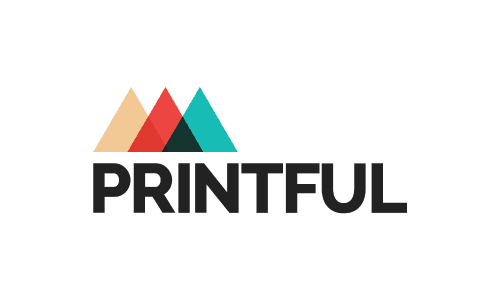Software Feature
Pay-Per-Item / Pay-As-You-Go Licensing

Pay-per-Item Software Licensing: Paying for Specific Software Usage
Pay-per-item software licensing is a licensing model where users are charged based on specific items or units of software usage. Instead of paying a flat fee for the entire software package, users only pay for the specific items or features they utilize. This model provides flexibility and cost efficiency by allowing users to pay for what they need and use.
Flexible Pricing Structure
Pay-per-item licensing offers a flexible pricing structure that aligns with the user’s actual software usage. Users can select and pay for specific items or features they require, allowing them to customize their software package according to their needs and budget. This model is particularly beneficial for users who only require certain functionalities or components of a more extensive software suite.
Cost Efficiency
The pay-per-item model ensures cost efficiency as users pay only for the items they use, eliminating unnecessary expenses for unused features. This allows organizations to optimize their software budget by tailoring it to their specific requirements, preventing overpayment for unused functionalities.
Scalability and Control
Pay-per-item licensing provides scalability and control over software usage. Users can easily scale their software licenses up or down based on changing needs, allowing for greater flexibility in adapting to business demands. This model lets organizations control their software costs by aligning expenses with usage levels.
Transparency and Accountability
Pay-per-item licensing increases transparency and accountability as users can track and monitor their software usage and associated costs. It allows users to clearly understand the pricing structure and make informed decisions about their software expenses. This transparency helps organizations manage their software budgets effectively.


